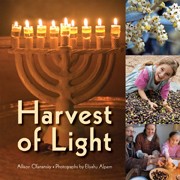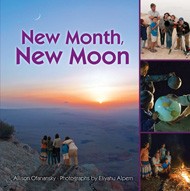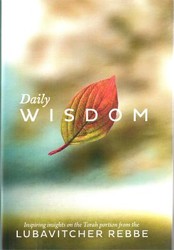In a beautifully illustrated, highly appealing, and educationally creative offering, author Allison Ofanansky and photographer Eliyahu Alpern have presented us with a gift sure to spark any child’s interest in the Torah and to answer a myriad of questions about this special, sacred scroll which plays such a central role in our religious life.
The author starts fittingly with a bit of background, giving a basic explanation of what the Torah is and reminding the reader that its importance is bound up in the concept of its transmission throughout the ages. The contents must be passed down accurately from one generation to the next to be studied and absorbed if they are to live on.
She teaches about the art and craft of the writing of the scroll itself. The reader learns what a sofer does, what materials are used, what must be done in the traditional way and what may sometimes be done differently in modern times. She notes that traditionally Torah scrolls were written only by men but here she shows a woman sofer writing a scroll today. A sofer’s need for focus and concentration while writing is emphasized and we learn a bit about the Hebrew letters as well as about the type of parchment used, the type of ink, and the kind of quill used in the formation of the letters.
Throughout the book, the author engages the reader directly drawing him or her into the proceedings in an active way. She asks the reader to think, for example, about the role of tradition – which parts of tradition does the child think they might like to keep “as is” and which parts might they like to change? She encourages readers to try to draw straight lines on a blank piece of paper the way a sofer would to see just how difficult the task actually is and to make a form of quill pen as a project of one’s own. Just as a sofer cannot leave a mistake in the final Torah text, she encourages children to think about mistakes they have made and ways that they can fix them.
The roles of the Torah cover, breastplate, crown and yad for pointing out the words as they are read are introduced as well as that of the Aron Kodesh or Holy Ark where the Torah resides while not in use. Of course we hear about the special celebration which is held when the writing is completed and the Torah is ready to be read and about the special moment a person has when reading from a Torah for the first time, often at a bar- or bat-mitzvah.
The many ideas for the do-it-yourself art projects and the outstanding color photography make this book a treat for eyes. The egalitarian approach, featuring women and girls as well as men and boys reading the Torah should be noted.
This book is beautiful in oh-so-many ways! It asks the reader to think about the meaning of the Torah in his or her own life but, in addition to the broad concepts, it also presents specific factual information so each reader comes away with both fact-based knowledge and perhaps, some spiritual growth, as well. Highly recommended for ages
Michal Hoschander Malen is the editor of Jewish Book Council’s young adult and children’s book reviews. A former librarian, she has lectured on topics relating to literacy, run book clubs, and loves to read aloud to her grandchildren.




